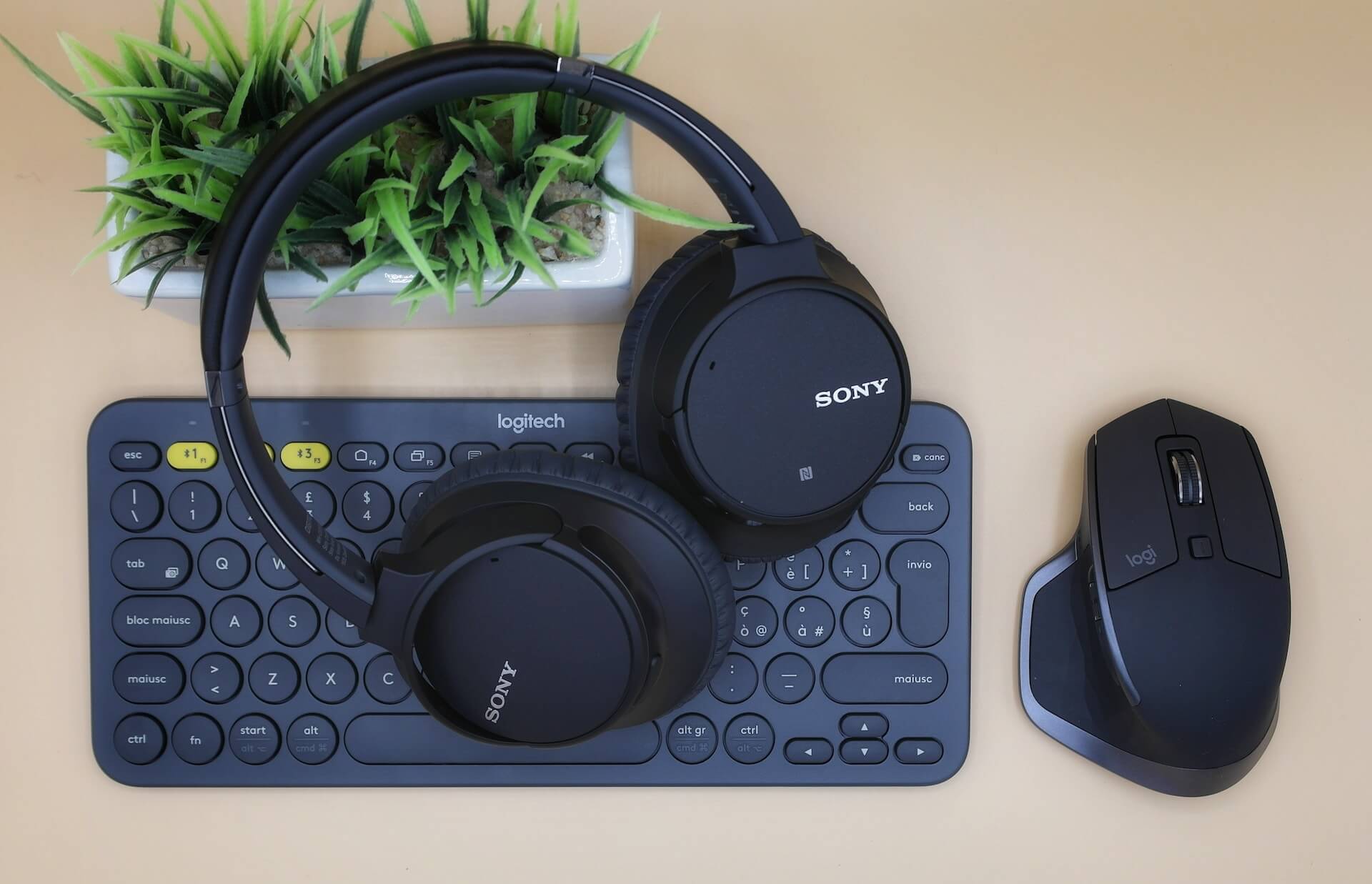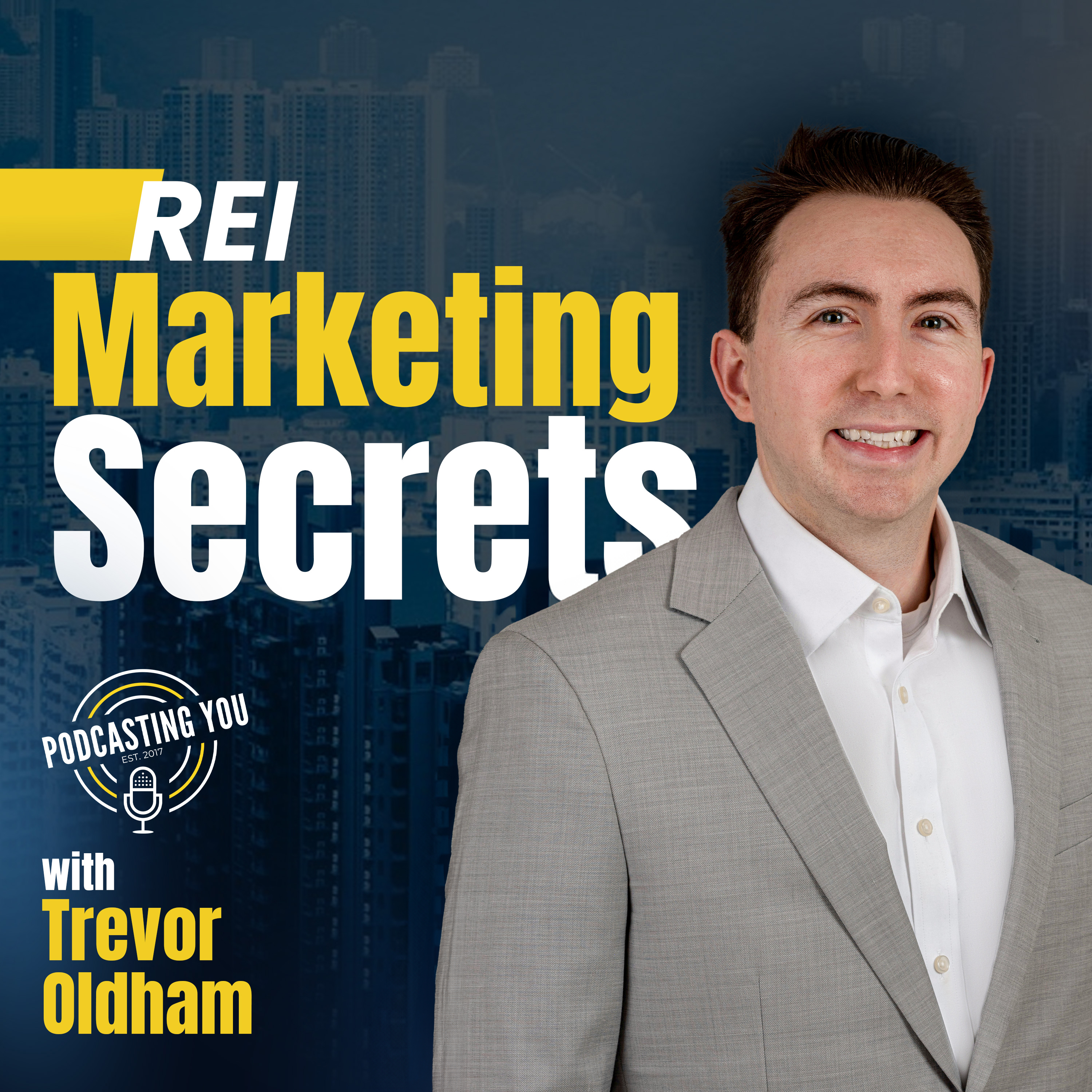In recent years, the popularity of podcasts has skyrocketed, and the real estate industry is no exception. Podcasts offer a unique opportunity for real estate professionals to share their knowledge and expertise, connect with their audience, and build a strong online presence. However, to create a successful real estate podcast, it is essential to have the right equipment. In this article, we will explore the equipment required for a real estate podcast and provide tips on setting up and optimizing your podcasting gear.
The importance of using high-quality equipment for a real estate podcast
When it comes to podcasting, the quality of your audio is paramount. Listeners expect clear and professional-sounding content, and poor audio quality can be a major turn-off. Investing in high-quality equipment is crucial to ensure that your real estate podcast stands out from the competition and delivers a superior listening experience.
Microphones for real estate podcasting
The microphone is the most important piece of equipment for podcasting. It captures your voice and determines the overall quality of your audio. There are several types of microphones to choose from, including dynamic microphones, condenser microphones, and lavalier microphones.
Dynamic microphones are sturdy and versatile, making them a popular choice for podcasting. They are less sensitive to background noise and can handle high sound pressure levels, making them ideal for recording interviews or on-location episodes.
Condenser microphones, on the other hand, offer superior sound quality and sensitivity. They are more suitable for studio recordings and controlled environments where background noise can be minimized. Condenser microphones require phantom power, which can be provided by an audio interface or mixer.
Lavalier microphones, also known as lapel microphones, are small and discreet. They are commonly used in interviews or situations where mobility is important. Lavalier microphones are typically omnidirectional, meaning they capture sound from all directions, which can be beneficial in capturing multiple voices or ambient sounds.
Headphones and audio interfaces for podcasting
In addition to a reliable microphone, a good pair of headphones is essential for monitoring your audio while recording and editing. Closed-back headphones are recommended for podcasting as they provide better noise isolation and prevent sound leakage.
An audio interface is another crucial component of a real estate podcasting setup. It acts as a bridge between your microphone and computer, converting analog signals into digital data. The audio interface also provides phantom power for condenser microphones and allows you to adjust the microphone’s gain and monitor the audio in real-time.
When choosing an audio interface, consider the number of inputs and outputs you require, the quality of the preamps, and compatibility with your computer’s operating system.
Recording and editing software for real estate podcasts
Once you have the right microphone, headphones, and audio interface, you need reliable recording and editing software to produce your real estate podcast. There are numerous options available, ranging from free to professional-grade software.
Audacity is a popular free recording and editing software that offers a wide range of features for podcasting. It is user-friendly and compatible with both Windows and Mac operating systems. Audacity allows you to record, edit, and mix multiple tracks, apply effects, and export your podcast in various formats.
For more advanced podcasters, Adobe Audition is a professional-grade software that offers powerful editing and mixing capabilities. It provides extensive audio restoration tools, advanced effects processing, and seamless integration with other Adobe Creative Cloud applications.
Acoustic treatment and soundproofing for podcasting
To achieve optimal sound quality in your real estate podcast, it is important to consider the acoustic environment in which you are recording. Unwanted echoes, reverberation, and background noise can degrade the quality of your audio and make it less enjoyable for your listeners.
Acoustic treatment involves adding sound-absorbing materials to your recording space to reduce reflections and echoes. This can be achieved by using acoustic panels, bass traps, and diffusers. These materials help create a controlled and acoustically pleasing environment for recording.
Soundproofing, on the other hand, focuses on reducing external noise sources from entering your recording space. This can be achieved by sealing gaps, using soundproof curtains or blankets, and adding mass to walls and doors.
Essential accessories for a real estate podcast setup
In addition to the core equipment mentioned above, there are several accessories that can enhance your real estate podcasting experience. These include:
- Pop filters: These screens are placed in front of the microphone to minimize plosive sounds (e.g., “p” and “b” sounds) during recording.
- Boom arms or microphone stands: These allow you to position your microphone at the optimal height and angle for recording.
- Shock mounts: These suspend the microphone to reduce vibrations and handling noise.
- XLR cables: These cables connect your microphone to the audio interface or mixer.
- Portable recorders: These devices allow you to record interviews or episodes on the go, without the need for a computer.
Tips for setting up and optimizing your real estate podcast equipment
To ensure that your real estate podcast equipment performs at its best, consider the following tips:
- Find a quiet location: Choose a dedicated space for recording that is free from background noise and distractions.
- Test your equipment: Before recording, perform a sound check to ensure that your microphone, headphones, and audio interface are working properly.
- Adjust microphone settings: Set the microphone gain to an appropriate level, avoiding distortion or clipping. Experiment with positioning and distance to find the best sound.
- Monitor your audio: Use your headphones to monitor the audio while recording to catch any issues or unwanted sounds.
- Edit and enhance: Take advantage of the editing software to remove any mistakes, improve the audio quality, and add music or sound effects to enhance the listening experience.
Budget-friendly options for podcasting equipment
Starting a real estate podcast doesn’t have to break the bank. There are budget-friendly options available that still offer decent quality. Consider the following:
- USB microphones: These microphones connect directly to your computer via USB, eliminating the need for an audio interface. They are easy to set up and suitable for beginners.
- Entry-level headphones: Look for headphones that offer good sound quality and comfort at an affordable price.
- Free or low-cost recording and editing software: As mentioned earlier, Audacity is a free option that provides basic recording and editing capabilities.
Remember, while budget-friendly options can be a great starting point, investing in higher-quality equipment as your podcast grows can greatly enhance the overall listening experience.
Conclusion: Investing in the right equipment for a successful real estate podcast
Creating a successful real estate podcast requires more than just great content and a captivating voice. The equipment you use plays a crucial role in delivering a high-quality listening experience. From microphones and headphones to audio interfaces and editing software, each piece of equipment contributes to the overall sound quality of your podcast.
By investing in the right equipment and optimizing your setup, you can ensure that your real estate podcast stands out from the competition and resonates with your audience. So, don’t skimp on the tools of the trade. Take the time to research and invest in high-quality equipment to set yourself up for podcasting success.




